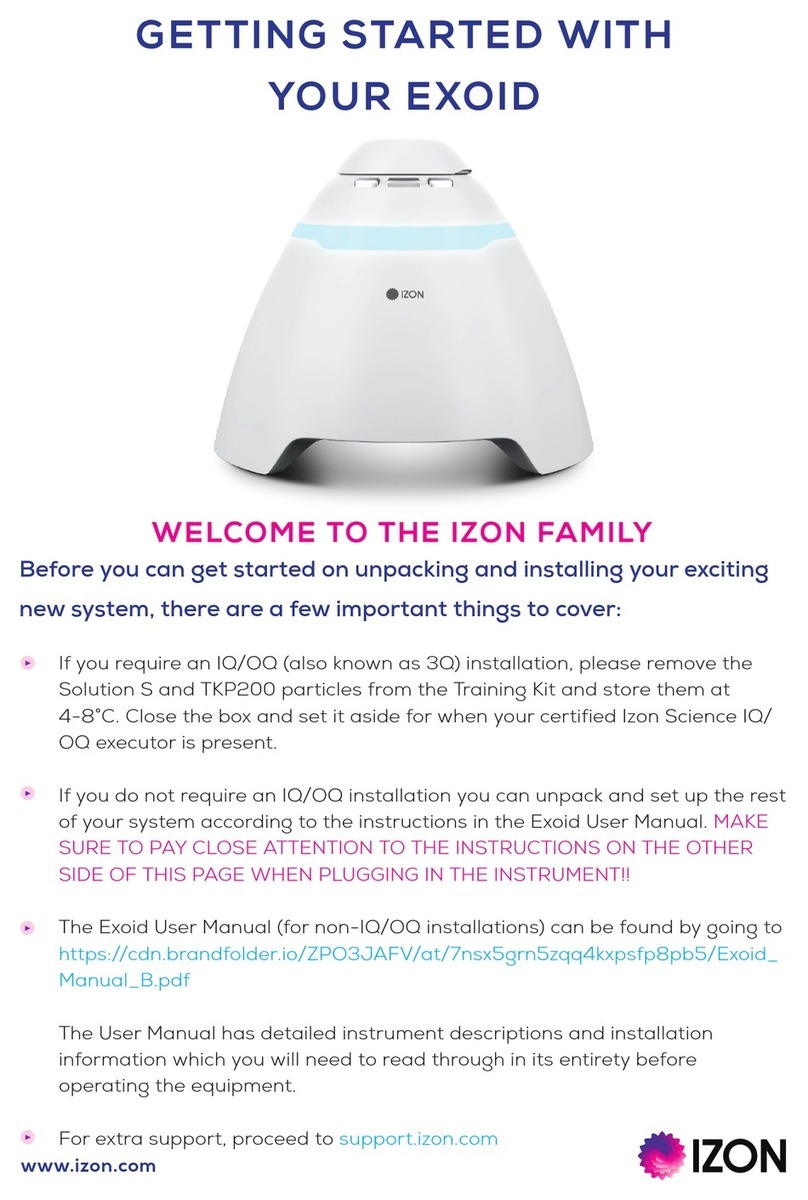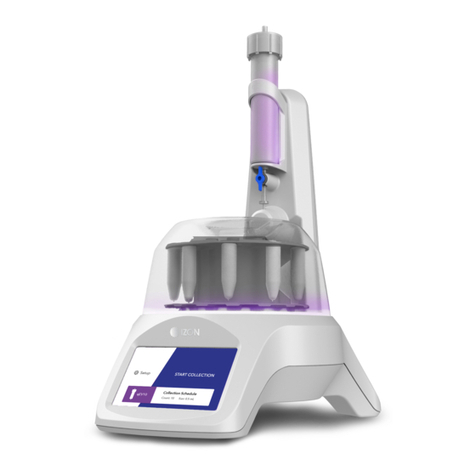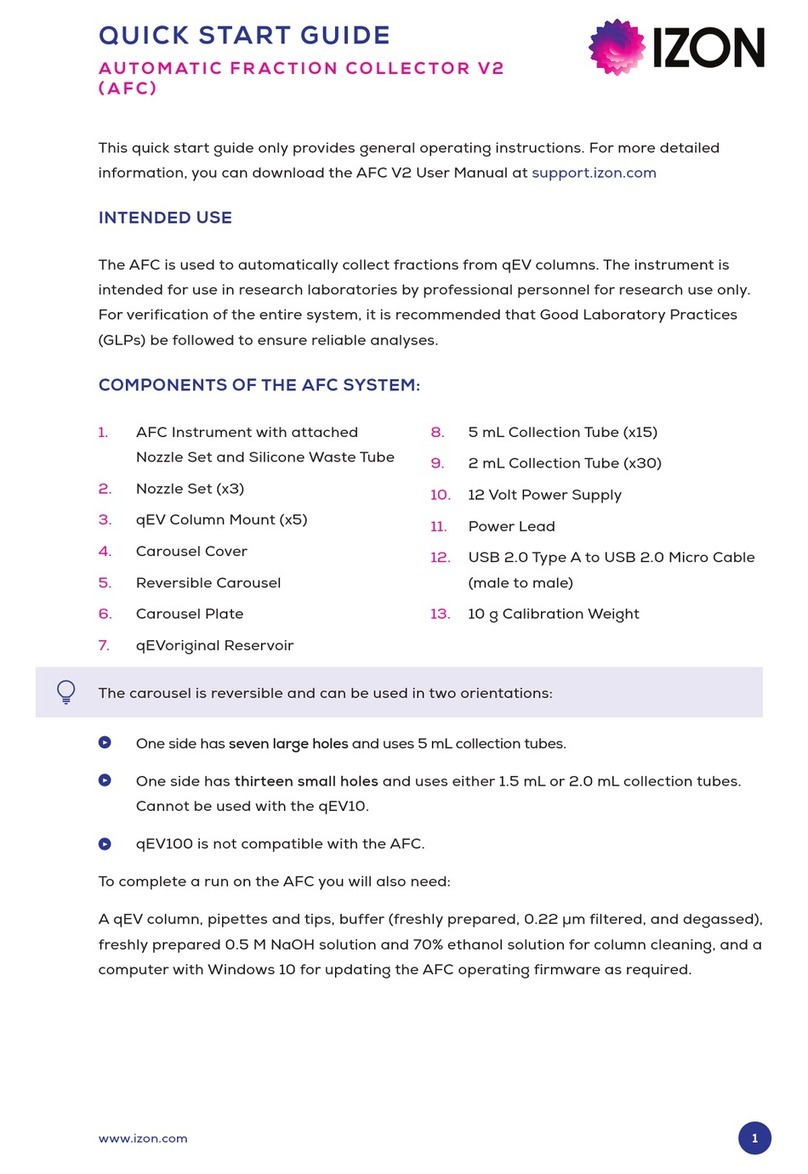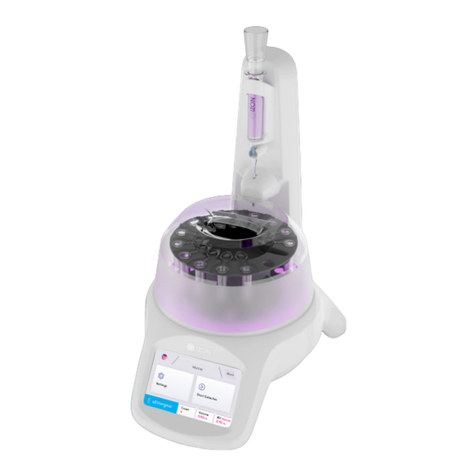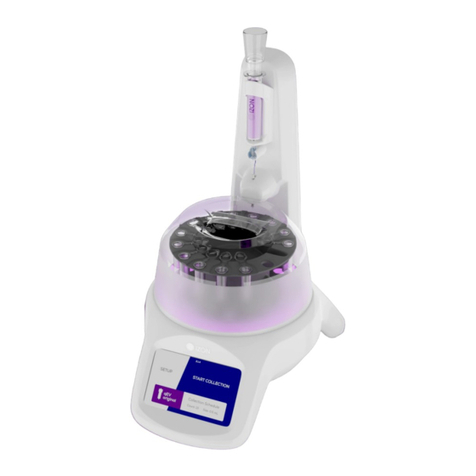
Getting Started................................................................................................................................ 4
Theory of operation..................................................................................................................... 10
Fundamentals of TRPS................................................................................................................11
Key concepts within the Control Suite Software........................................................... 20
Measurement planning............................................................................................................. 25
The importance of thoughtful study design.................................................................... 26
Variables to control at different analytical stages .......................................................27
Sample preparation................................................................................................................... 28
Key skills for sample preparation ......................................................................................... 29
Essential Considerations.......................................................................................................... 30
Instrument operation................................................................................................................. 34
Key skills for qNano operation ............................................................................................... 35
Reference guide to nanopore selection............................................................................ 36
Behaviour of nanopores at different stretches..............................................................37
Nanopore set-up and system optimisation.................................................................... 38
Troubleshooting.............................................................................................................................47
Recovering an unstable baseline and maintaining nanopore stability.............. 48
Resolving common qNano issues in different situations .......................................... 49
Mitigating contributing factors to RMS noise...................................................................51
Further advice on the most common issues with the qNano.................................. 52
Repair and servicing of your Izon instrument................................................................. 53
Further Support ............................................................................................................................54
TABLE OF CONTENTS
3www.izon.com






